Search
To search for an exact match, type the word or phrase you want in quotation marks.
A*DESK has been offering since 2002 contents about criticism and contemporary art. A*DESK has become consolidated thanks to all those who have believed in the project, all those who have followed us, debating, participating and collaborating. Many people have collaborated with A*DESK, and continue to do so. Their efforts, knowledge and belief in the project are what make it grow internationally. At A*DESK we have also generated work for over one hundred professionals in culture, from small collaborations with reviews and classes, to more prolonged and intense collaborations.
At A*DESK we believe in the need for free and universal access to culture and knowledge. We want to carry on being independent, remaining open to more ideas and opinions. If you believe in A*DESK, we need your backing to be able to continue. You can now participate in the project by supporting it. You can choose how much you want to contribute to the project.
You can decide how much you want to bring to the project.

Sound recordings / Sections
Barcelona – August / September 2019
Section I – Floaters – Minute 0:00 – 2:02
Section II – Blue Field – Minute 2:03 – 4:40
Section III – Tree – Minute 4:42 – 8:58
Section IV – Hourglass Pattern – Minute 9:06 – 11:13
Section V – Blue Arcs – Minute 11:13 – 11:34
Section VI – Phosphene – Minute 11:35 – 14:01
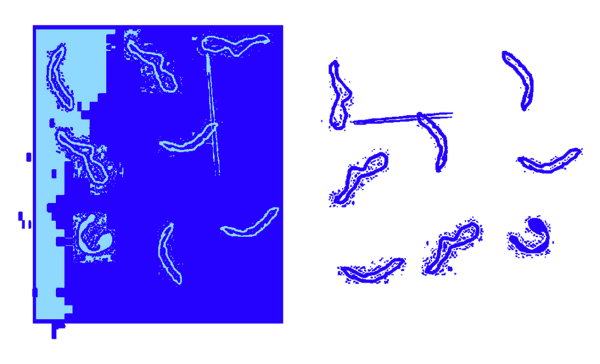
Within Visual Phenomena Vol. I is an exploration of possible visual and sound connections through entoptic phenomenology. The entoptic phenomena (from the Greek ἐντός “beyond” and ὀπτικός “visual”) in ophthalmology are characterized by visual stimulation, of which the source is found in the same eye, for example, the vision of ocular blood vessels or blood cells, which circulate in the vitreous body of the eye.
The entoptic images have a physical base in the image that appears on the retina and differ from the optical illusions, which are caused by the visual system and are defined as a visual perception that apparently differs from reality. As entoptic images are caused by elements that are part of the spectator’s own eye, they share a characteristic with optical illusions and hallucinations: the observer cannot share with other people a direct and specific vision of the phenomenon.

These entoptic phenomena, although having a logical and simple scientific explanation, have alternative interpretations. Some are due to experiences that differ from the medical-scientific description of the phenomenon. As physical and neurological symptoms, they belong to the area of study of medicine; as slightly subjective phenomena, they are likely to have spiritual meanings for certain people.
For example, many of the abstract geometric figures in indigenous art or in ritual-induced visions in shamans or yogis can be understood as “entoptic phenomena” (Thurston, 1997). Entoptic phenomena are geometric shapes and patterns in motion or bright color in the visual field, caused by certain conditions of the human visual nervous system. An example is the archaeological controversy over a neuropsychological interpretation of Palaeolithic rock art. Since the discovery of European Palaeolithic caves, archaeologists have wondered about the importance and significance of these geometric representations that accompany animal representations.
In 1988 archaeologists David Lewis-Williams and Thomas Dowson presented the original thesis in which they stated that paleolithic art is inspired by entoptic phenomena (or, more specifically, by “constants of form”), seen and represented by shamans or spiritual men and women, during altered states of consciousness. Author Tony Berlant believes that many of the prehistoric ceramic designs in Mimbres (American Southwest), which often have characteristic zig-zag designs, represent entoptic images resulting from ingesting extracts from psychoactive plants such as Datura.
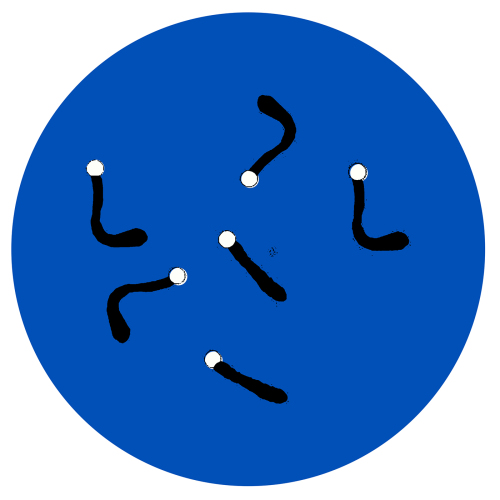

This perceptual ambiguity is the basis of these sound and visual pieces, which appear in an a priori of the shape of that object that will be drawn in our mind; and they form part of a work in progress and the search for a way to understand how sensory phenomena can be generated through elements that, having a scientific explanation, can sometimes affect human consciousness through a route which is currently unknown.
I frequently experience entoptic experiences myself, with origin in certain psychotropic experiences lived as a teenager. These entoptic phenomena would have increased in intensity, maintaining the same level, even after the consumption of these substances. Also during the practice of meditation I often experience the entoptic phenomenon called phosphene, a blurred light that has no proof of its physical source. Phosphenes, which can be induced by movement or sound, are called nimitta in Pali and are related to the Buddhist term dhyāna or jhāna, commonly translated “meditation”.
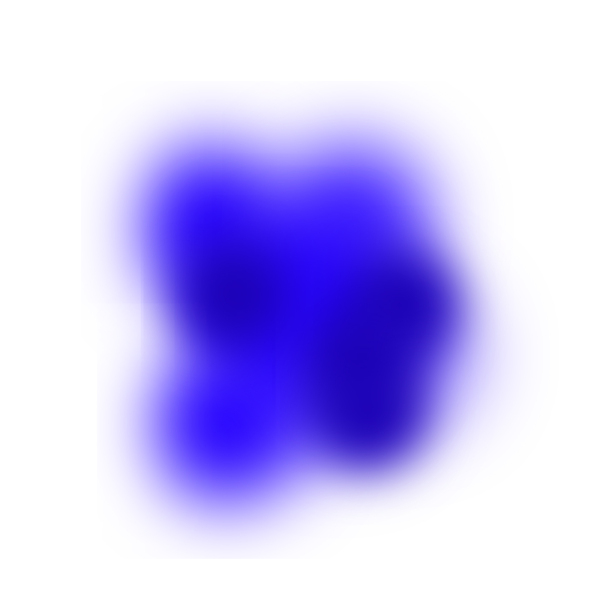
Thanks to the subjective quality of the sound, I can describe the entoptic visual experience without making a realistic and reliable formal representation of the visual structure of this phenomenon. With a purpose still unknown, the project explores these forms and their possible representations, simply describing and playing around with this imaginary derived from these phenomena. The resulting graphic compositions are the result of a game.
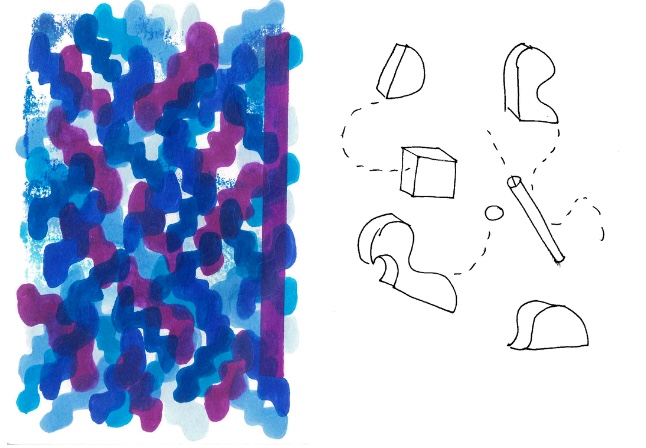

The sound pieces resulting from sound synthesis are descriptive, although the graphic pieces admit the incorporation of imaginary elements that allow us to move away from the narrative and play with elements such as space or movement. All the materials form part of the process of a study that the artist began in 2016 when he discovered the phenomenon by chance, through (amongst other things) a project by American photographer William Hundley inspired by it.
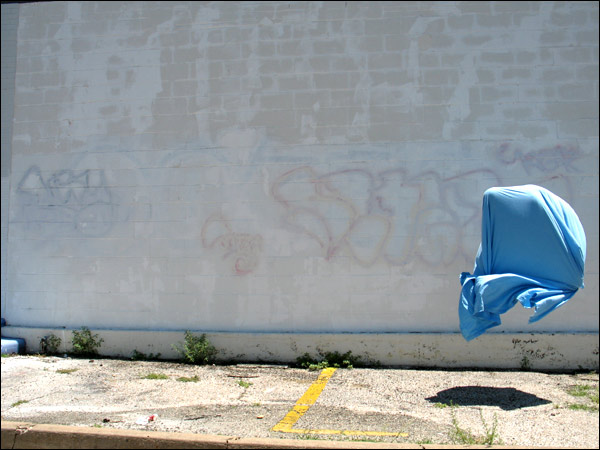
Photo – William Hundley

__
Resources:
Entoptic Imagery and Altered States of Consciousness
The signs of all times: entoptic phenomena in upper paleolithic art (PDF)
The Eye Floater Phenomenon Between Science and Spirituality
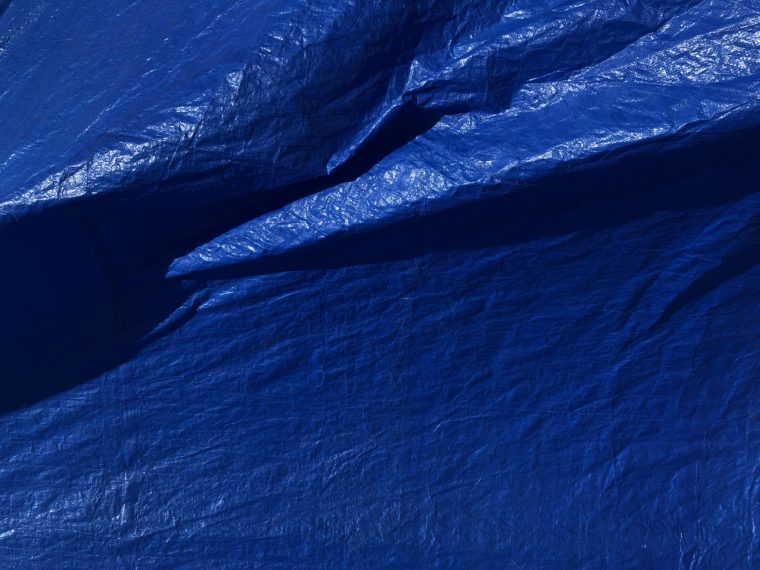
Arnau Sala Saez is a musician and visual artist. His work goes through different formats that nourish each other. Sound translates visual structures, and form condenses into sound compositions. Through this habitat Arnau builds a system in which its elements are related around the same consciousness.
His work is also conditioned by the attention deficit disorder that he suffers and by which he bases his methodology on the limitation of his tools and his forms of organization to a few elements.
https://arnausalasaez.com/
"A desk is a dangerous place from which to watch the world" (John Le Carré)